Greetings All, Chris Allo here with another queer creator spotlight this time with Graphic novelist-Jonah Newman
Jonah is a cartoonist and editor. As an editor at Graphix, Scholastic’s graphic novel imprint, he has worked with Dav Pilkey, Jamar Nicholas, Angeli Rafer, and many others. When he’s not creating, editing, or reading comics, you might find Jonah binge-listening to history podcasts, playing in an LGBTQ+ softball league, or getting way too invested in his fantasy baseball team. He lives in Brooklyn with his husband (who’s a human) and two kids (who are cats).
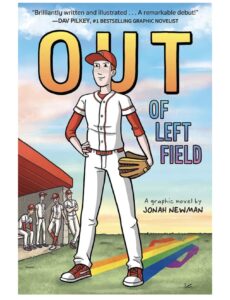
Jonah’s autobio-graphic novel, “Out of Left Field is his debut graphic novel. We get a look into the trial and tribulations of navigating high school, relationships, grappling with sexuality and learning to live our truth. through Jonah’s lived experience. With a signature and fantastic style of art, Jonah tells a tale that we all can connect to on some level.
Chris Allo: Tell us when you discovered comics/graphic novels.
Jonah Newman: I first encountered comics as a child in the form of the strips in the Sunday paper. In fact, the first comics I ever made were short “gag” strips like these. When I was a teenager, I discovered graphic novels and immediately fell in love with the format. Alison Bechdel’s Fun Home blew my mind — not just because of the queer representation, which was so meaningful to me as a closeted gay kid, but because of the rich storytelling. The way Alison’s words and illustrations work together to create a whole that’s greater than the sum of their parts opened my mind to the magic and power of the comics medium.
CA: How old were you when you started drawing?
JN: I’ve been drawing for as long as I can remember — since early childhood. Other than a couple of continuing ed classes as an adult (more on those later!), I didn’t go to art school, so my drawing skills are borne of decades of practice.
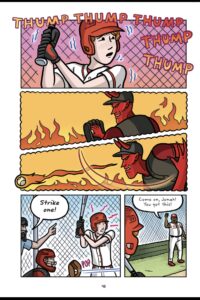
CA: When did your love of baseball manifest?
JN: I wasn’t interested in baseball at all until I was about 13, when my younger brother started to play. At the same time, all the “cool kids” at my middle school — some of whom I may or may not have had crushes on…! — were preparing for Little League. I decided to jump in despite having zero experience and less than zero athletic talent, and soon developed a genuine love for the game. I simplified and fictionalized my path into baseball in my book.
CA: When did you decide to write “Out of Left Field” and why a graphic novel as opposed to prose?
JN: I’ve wanted to tell this story ever since the events that inspired it ended. As early as freshman year of college, I wrote a short story based on my experiences in baseball. I remember the story pouring out of me; I was “in the zone” and tapping easily into those emotions and experiences. But I set the idea aside for several years while I worked on a historical fiction comic. By the time I came back to the baseball idea, comics, not prose, had become my medium of choice. Not only did I enjoy making comics more, but I had spent almost six years getting better at it while letting my prose skills stagnate. By now, my storytelling skills are so honed to comics in particular that it’s hard for me to imagine working in any other medium.
CA: The story is so relatable on so many different levels. Not only growing up gay/queer but getting through high school. Growing up geeky. Discovering you have a passion for something that no one else at your age does, in your case history. As someone who went through all these experiences, what words of advice do you have for kids today, who are most likely going through some very similar experiences?
JN: It’s pretty simple: Be yourself, no matter what other people might think. I spent so much of high school worrying about how I was perceived by others — how cool I was, how popular, how athletic, how respected by my baseball teammates, etc. — that I often pretended to be someone I was not: a straight jock. Once I abandoned that act, I immediately became much happier. Now, I go through life openly and unabashedly loving (among other things) history, baseball, Star Wars, Lord of the Rings, and — yes — men! I’m really lucky to have friends and family who accept me for who I am, which has definitely made things easier. But I think that, regardless of one’s circumstances, authenticity is almost always the best policy. Living dishonestly is incredibly draining. I’d urge today’s kids to be genuine at all costs, because in the long run, and despite the challenges, doing so will make them happier.
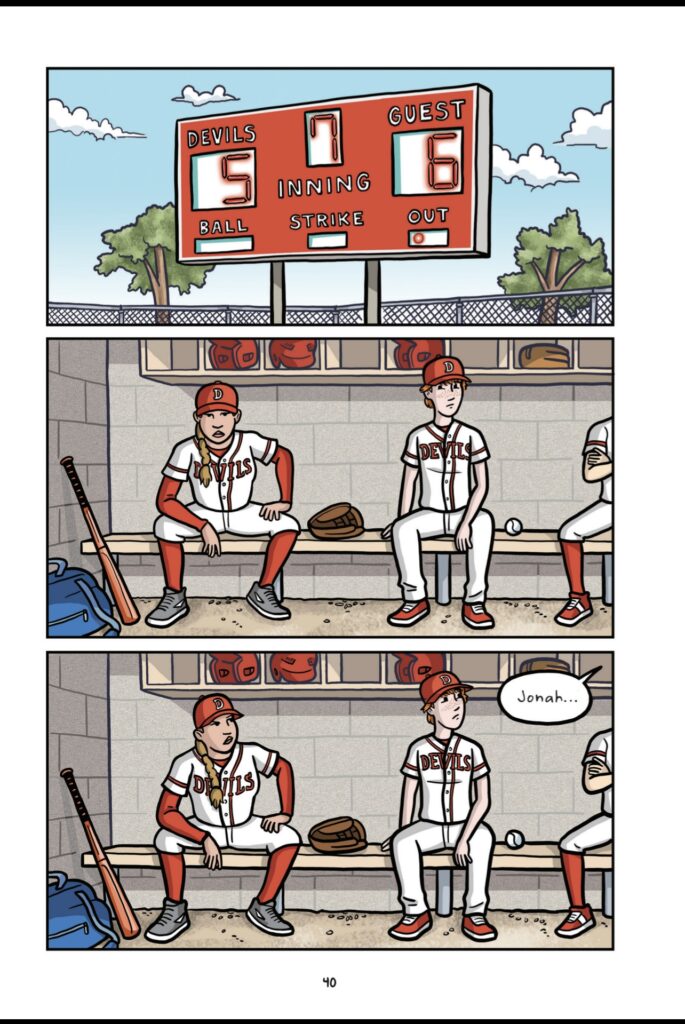
CA: I love your art style in the book, it has a hint of the old Archie and Jughead comics. I love that it is not the Disneyfied version of art that seems to be many publishers’ preference these days. Who/what are some of your artistic inspirations?
JN: My art style developed organically, just by practicing, so I’m not intentionally trying to draw like anyone or follow any style in particular. However, some of my favorite cartoonists — people who I think are masters of the comics medium and from whose work I’ve learned a lot and drawn inspiration — are Alison Bechdel, Thi Bui, Gale Galligan, Jason Lutes, Dav Pilkey, Marjane Satrapi, Art Spiegelman, Raina Telgemeier, Ngozi Ukazu, Tillie Walden, and Gene Luen Yang.
CA: Aside from creating a wonderful story about growing up gay, you’re an editor at Scholastic. Can you tell us how you landed that job, and what do you like about it?
JN: I worked at a couple of indie publishers, So What? Press and Street Noise Books, before being hired as an editorial assistant at Scholastic in 2018. I find that my work as a kids’ graphic novel editor and my work as a cartoonist inform each other constantly and in extremely valuable ways. As an editor, I have a lot of empathy for the creators I work with because I know firsthand how much of a grind it is to write and draw a 200+ page graphic novel. And a lot of what I’ve learned as an editor — how to position a book to give it the best chance of selling, how to set up digital art files for print, how to make a publisher’s life easier as an author, and more — has made me a smarter and more professional creator.
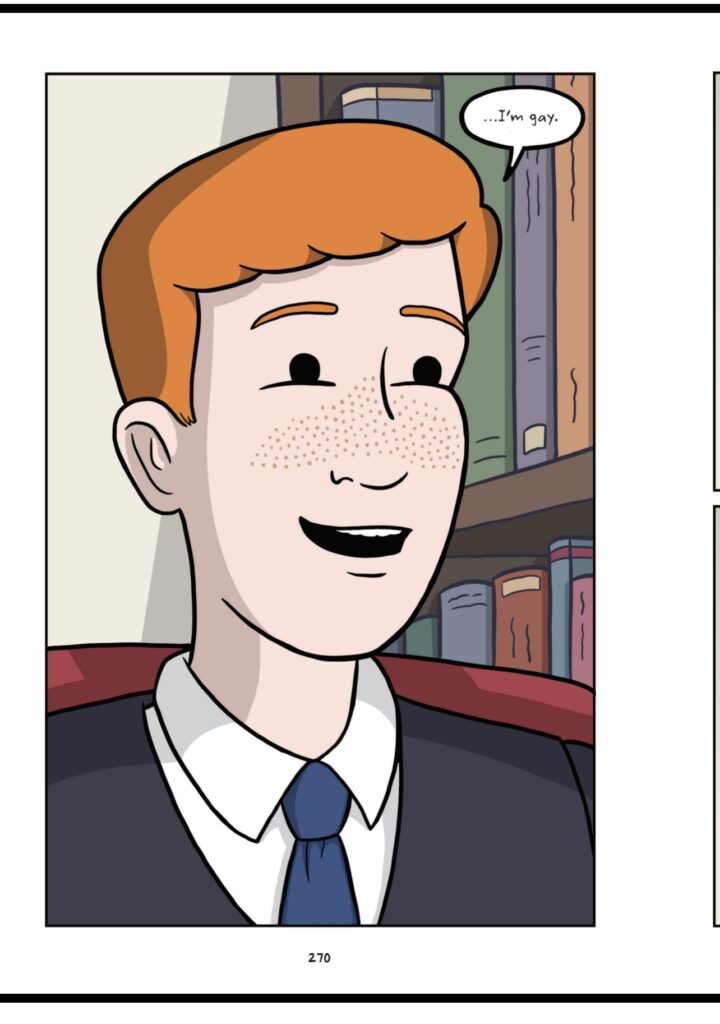
CA: When did you discover your love for history/historical figures? Which I think is a great aspect of the book and you/.your character.
JN: I’ve been a history buff for as long as I can remember! When I was five, I developed a strange obsession with George Washington. You might have spotted young Jonah wearing a powdered wig and a Continental Army jacket even when it wasn’t Halloween. My childhood thereafter was defined by phases of interest in lots of different historical eras and people: ancient Rome, medieval Europe, the Civil War, Native Americans, feudal Japan, and more. Then, when I was eleven, I developed a passion for Napoleonic history that has persisted to this day. (It’s one of the truest parts of my book!) I majored in history in college, and although my career path isn’t directly connected to my major, I still love learning about history through books and podcasts and have relished doing historical research for several comics projects over the years.
CA: Any projects you want to boost that you’ve worked on for Scholastic?
JN: Yes! First, I’ll plug the Leon series by Jamar Nicholas. The first book, LEON THE EXTRAORDINARY, published in 2022, and the second book, LEON: WORST FRIENDS FOREVER, will publish in October 2024. They are funny, heartfelt, and action-packed books about an ordinary kid who wants to be a superhero, and Jamar is one of the loveliest people in comics. Second, I’ll plug the Adventures of the Bailey School Kids graphic novels by Pearl Low and Angeli Rafer. I edited all four books in this wonderful series, which is based on Scholastic’s classic chapter books written by Debbie Dadey and Marcia Thornton Jones. They’re perfect for beginning readers and/or fans of monsters and light horror.
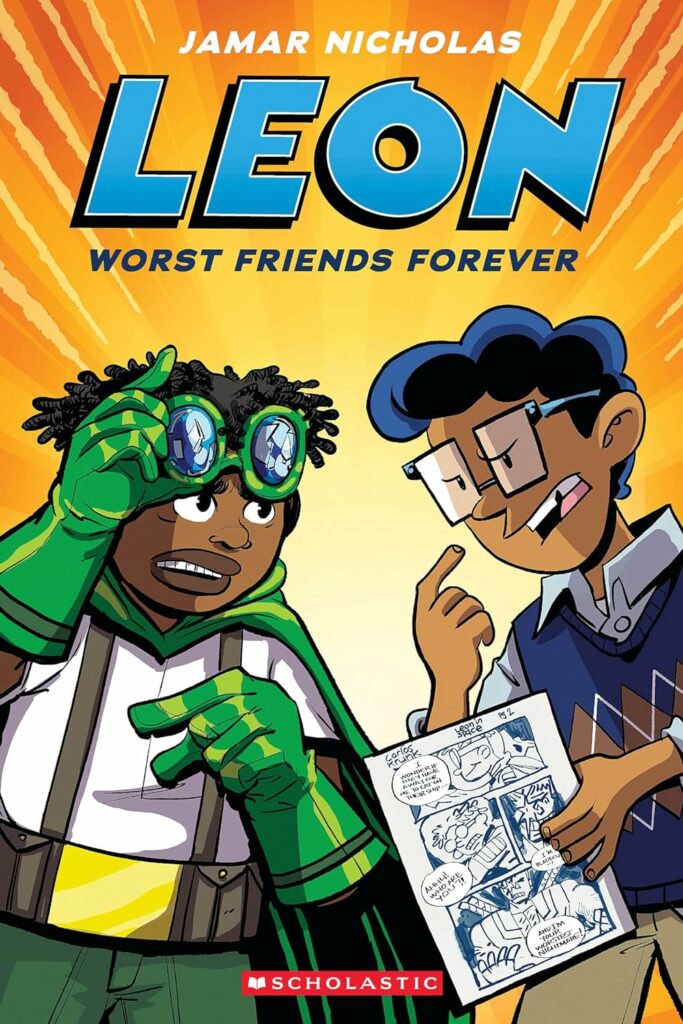
CA: What words of advice do you have for others who are trying to get their graphic novel published? Things you wished you knew when you started this journey?\
JN: I hope readers find my book entertaining, feel encouraged to be themselves, and realize that it’s OK to make mistakes — like Jonah does in the book — as long as you own up to them and use the experiences to improve as a person. Today’s cruel and divided world needs more forgiveness and grace. I hope that my book makes LGBTQ+ teens in particular feel comforted and seen, but because it depicts a lot of common teenage experiences — like feeling uncool, developing friendships, and exploring romance and sex — I also hope it’s relatable to a broad range of readers, whether or not they play sports or identify as LGBTQ+.
CA: Thanks, Jonah. Looking forward to reading your graphic novel and much success to you!
You can check out upcoming and past projects from Jonah as well as upcoming appearances on Jonah’s website just click the link: https://www.jonahnewmancomics.com
See you in the next installment!
-Chris Allo

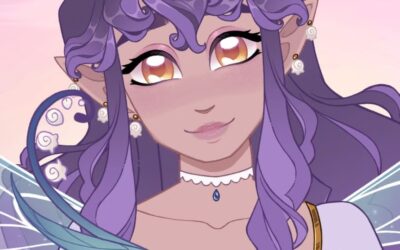
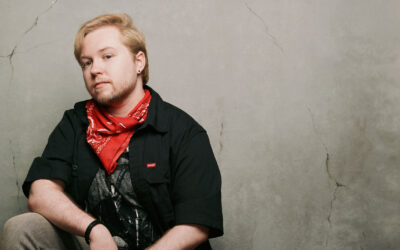
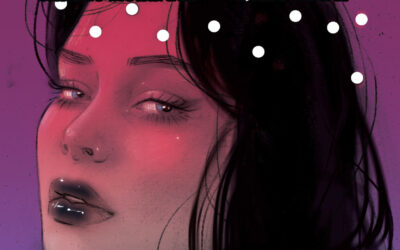
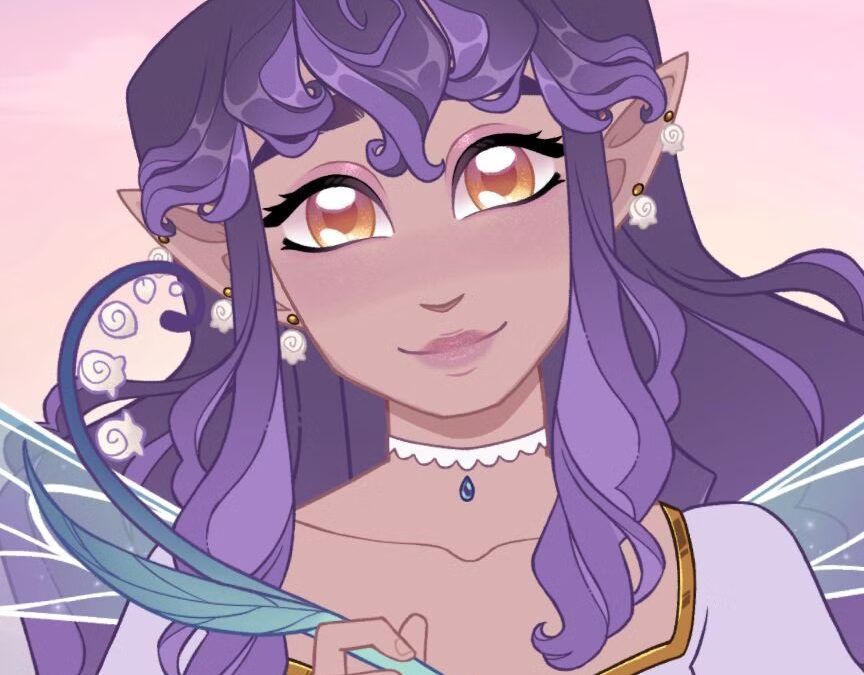
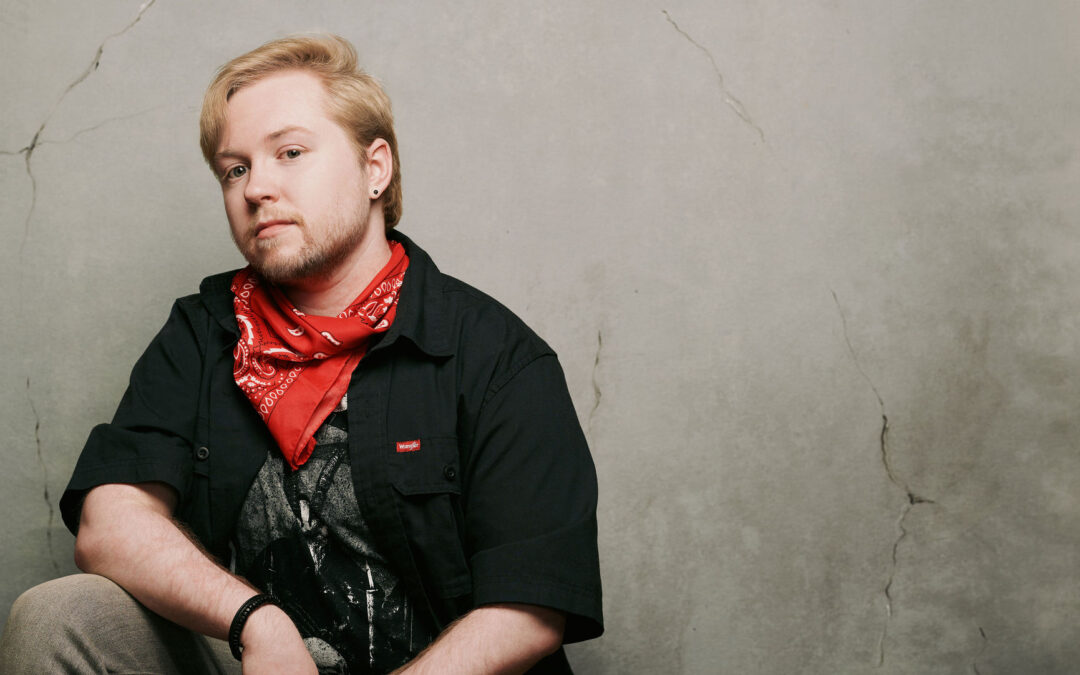
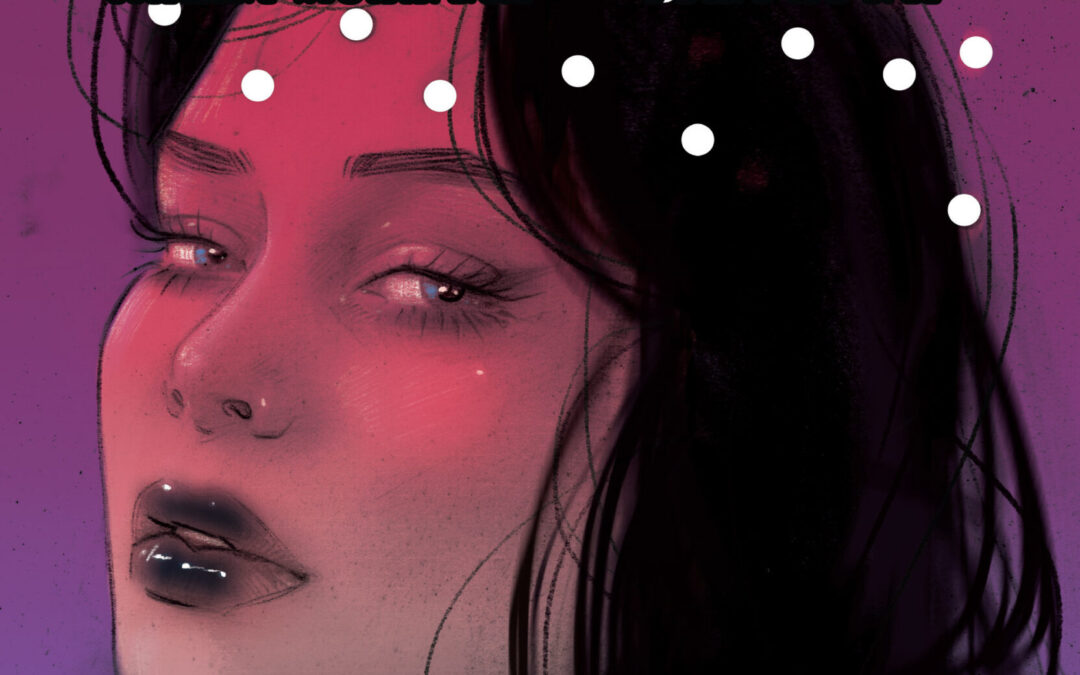
0 Comments